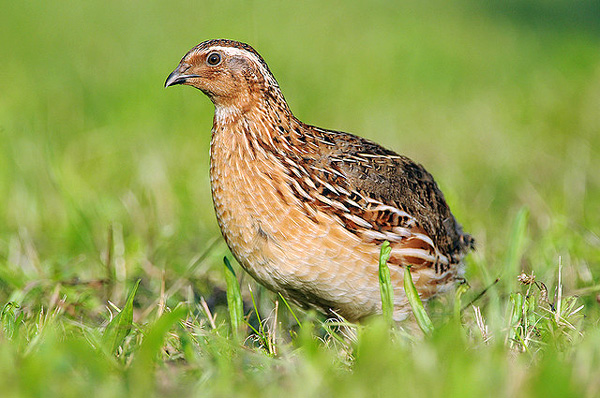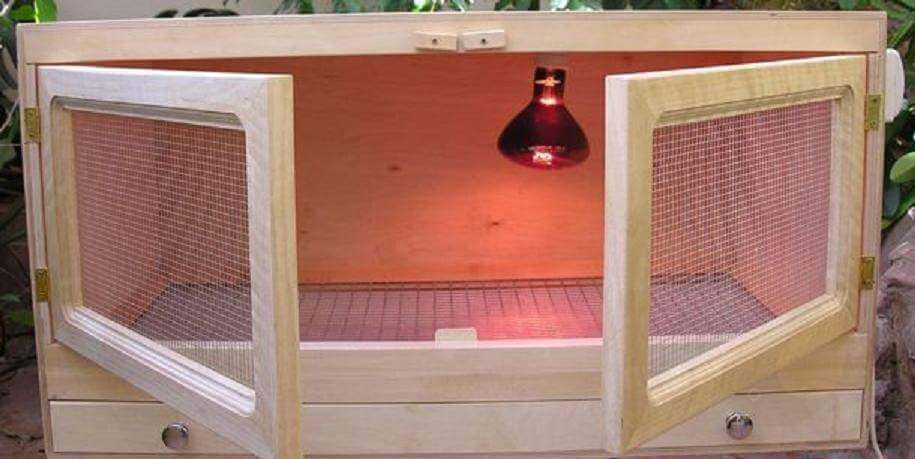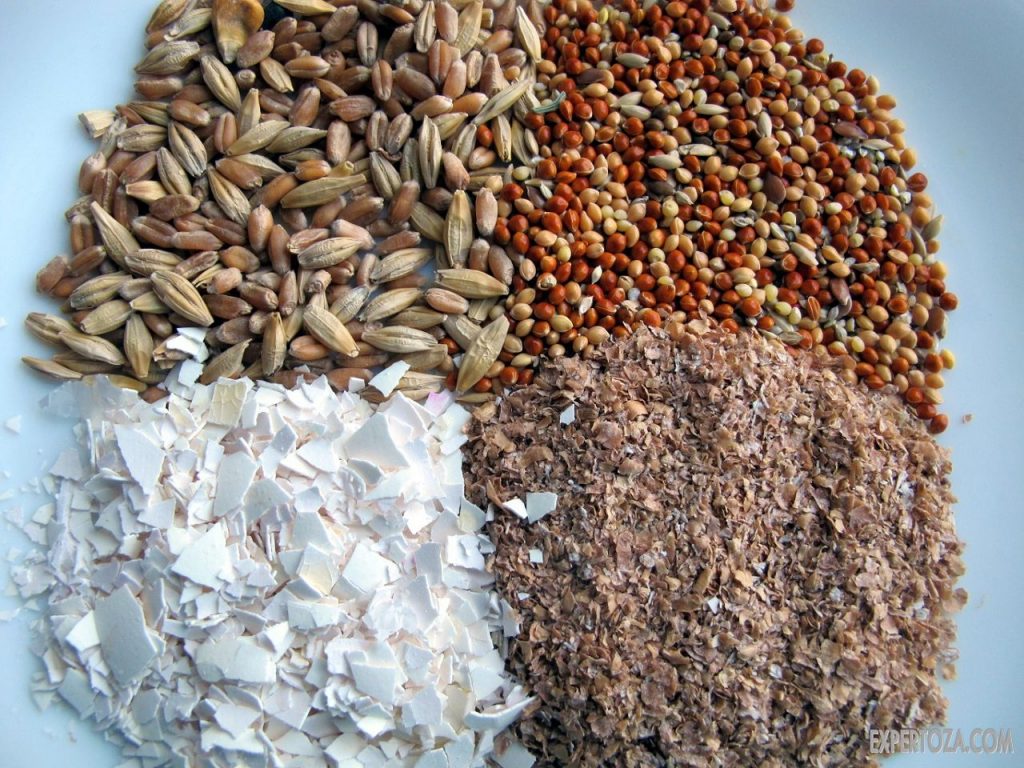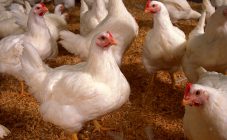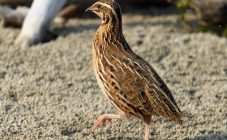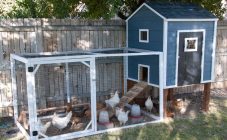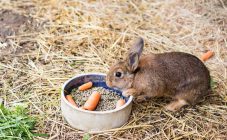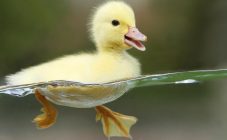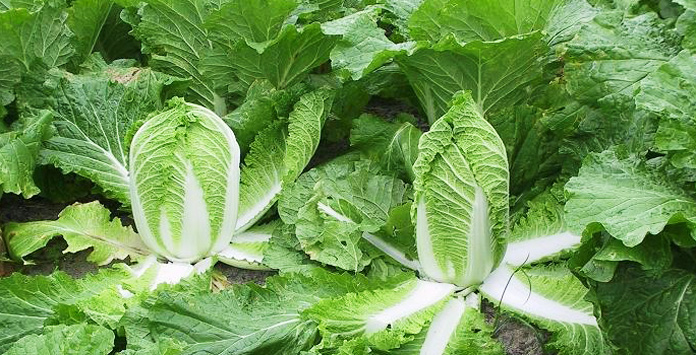Today, the use of quail meat and eggs is becoming more and more popular not only among ordinary people, but also in many restaurants as healthy dietary products. Many people think of quail breeding as a profitable home business. However, is it really so profitable and what costs are needed for quail breeding? Keeping quails at home is of most interest to novice farmers: raising chicks to adults in a summer cottage or at home, incubation, selection and slaughter.
Quail: breeding and keeping at home
The advantages of breeding quails at home will become noticeable in a fairly short time, since caring for them does not imply special skills and conditions. The main thing is dryness, keeping warm and ventilating the premises where birds live.
The maintenance of quails (breeding and feeding) does not require special costs, but it brings a good profit, since eggs and carcasses are very expensive. For example, on average, the price of a quail egg is several times more expensive than a chicken egg, while fewer chickens consume feed. A quail carcass weighs about 250 g and is more expensive than a 2 kg chicken. A laying hen eats about 100 g of combined feed per day, and a quail - 30 g.Therefore, the answer to the question of how to keep quails is obvious, since due to their small size, little space is needed, a small extension near the house is enough to breed them , the main thing is that it is dry there.
But first you need to choose a breed that has a high egg production. Experts identify several that can lay up to 300 quail eggs per year: Japanese, white English and golden Manchu.
Rules for arranging cages for keeping quails
The humidity in the premises where poultry is kept should not exceed 70%, the average temperature can range from 19-22 ° C. For breeding quails at home, you will need cages.
Ready-made cages can be bought in specialized stores or made by yourself. Materials can be different: galvanized mesh or wooden blocks. The bottom of the cage can be lined with paper or sand so that you can remove the droppings daily. It is better to place the feeder outside the cage, and the drinkers in front of them, making them freely accessible. Such measures will keep the cells clean and control the amount of feed.
One quail should count on 1 m² of space, but there should be more space for layers. Several birds can be placed in one cage with the calculation of 1 male for 4 females, taking into account that quail's puberty begins on the 40th day of life. At this time, it is important not to miss to transplant layers into cages with adults, since being late can affect the egg production of birds and the number of eggs at the exit. Also, a prolonged transplant will affect puberty, pushing it back by 2 months.
The cages where birds live must be dry and well ventilated.In addition, you need to protect layers from drafts, otherwise their egg production will decrease and feathers will begin to fall out. And the room where the cells will be located should be spacious. It is important to take into account the space for adults and young animals in advance.
Heating and lighting is not a big deal. As far as light is concerned, one lamp will suffice. On average, a day for quails lasts 17 hours, so you need to maintain a constant, uniform light, but not too bright. With 24/7 lighting, hens' productivity will increase, but the lifespan will be reduced. There will be no problems with heat either: either central heating, or buy an electric fan (when buying, take into account the parameters of the room).
Quail care
In addition to the cage, novice farmers for the care and maintenance of quails will need:
- equipment for the electrification of the premises;
- incubator for 3000 eggs;
- brooder for raising chicks for 2000 heads.
Reproduction of quail, breeding at home are possible in two ways: buy eggs and place them in an incubator, or purchase young animals immediately. When buying quail, it is important to take into account one nuance: at the age of 50 days, young birds cannot be distinguished from old individuals, so you should make sure in advance that the seller is in good faith. If in doubt, it is better to cancel the purchase and find a more suitable candidate. 10 days after the acquisition of young animals of this age, they will begin to lay eggs.
Every 7 days, special containers with sand for bathing should be placed in the cells. This way quails get rid of parasites and clean their feathers.
Each quail, on average, has a high productivity for 1 year, and the right food for the individual plays an important role in this. Preference is given to special compound feed for quails. If it is not possible to purchase them, then you can make a balanced feed yourself. This will require a mixture of oats, barley, millet, corn and small cereals. To obtain a sufficient amount of protein, food must be varied by adding boiled eggs, cottage cheese, fish waste, ground into minced meat. To increase carbohydrates, peas, soybeans and lentils should be added, boiled and chopped beforehand.
In summer, it is worth focusing on feeding on fresh grass. You can give nettles, carrot tops, dandelions, clover. In winter, cabbage, dill and lettuce can replace them. Don't forget about minerals. For a balanced diet, quails need to be given egg shells, chalk or fine gravel. With a lack of calcium, the egg production of birds will sharply decrease until it stops completely.
You need to feed the quails 3-4 times a day, preferably at the same time. The most satisfying feeding comes at night, so cereals should be preferred, as they take longer to digest, which makes the birds feel full until morning.
When breeding quail, the ultimate goal is taken into account: eggs or meat. If quails are bred for the sake of obtaining eggs, then the conditions are simplified, since in this case neither an incubator nor a brooder is needed. Only a room with cages and lighting. The main focus is on the purchase of layers. Cockerels are needed in much smaller numbers.
If the ultimate goal is to obtain meat, then it is better to buy broiler breeds, for example, Texas whites.In this case, you need to correctly calculate the livestock: there are 2 quails for 1 cockerel. So, for a herd of 1000 heads, you need to buy 670 quails and 330 cockerels.
Slaughtering quails is not a pleasant activity, but a necessary one, since layers of hens reduce egg production over time, and the birds age, which can make their meat tougher. For slaughter, you will need a sharp ax and the courage of a poultry farmer, who shamelessly chops off the bird's head. The killed carcass is placed in a bucket and poured over with boiling water (95 ° C) to make it easier to pluck. In 20 minutes. the carcass is taken out, feathers are removed and gutted.
Breeding and keeping quails at home is beneficial both for yourself and for sale. The end result is tasty and satisfying meat and expensive eggs. And without much hassle. The main thing is to immediately determine what is in priority and choose the right breed of quail.
